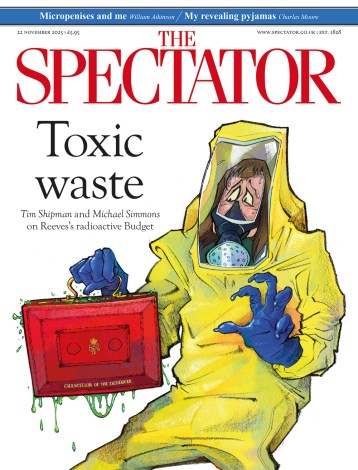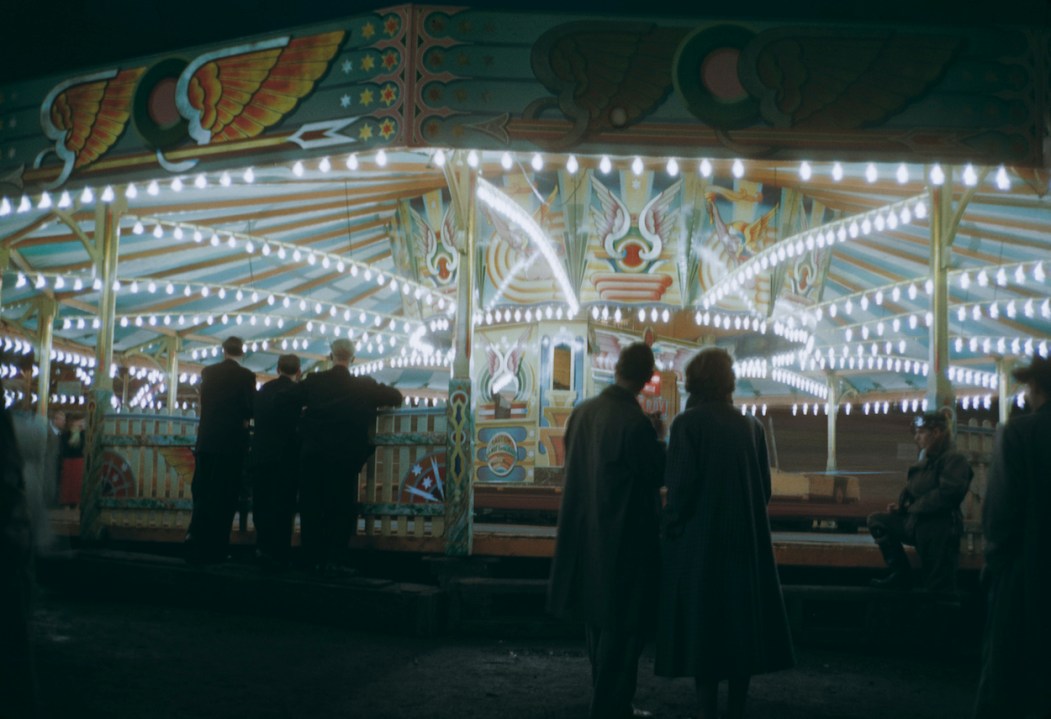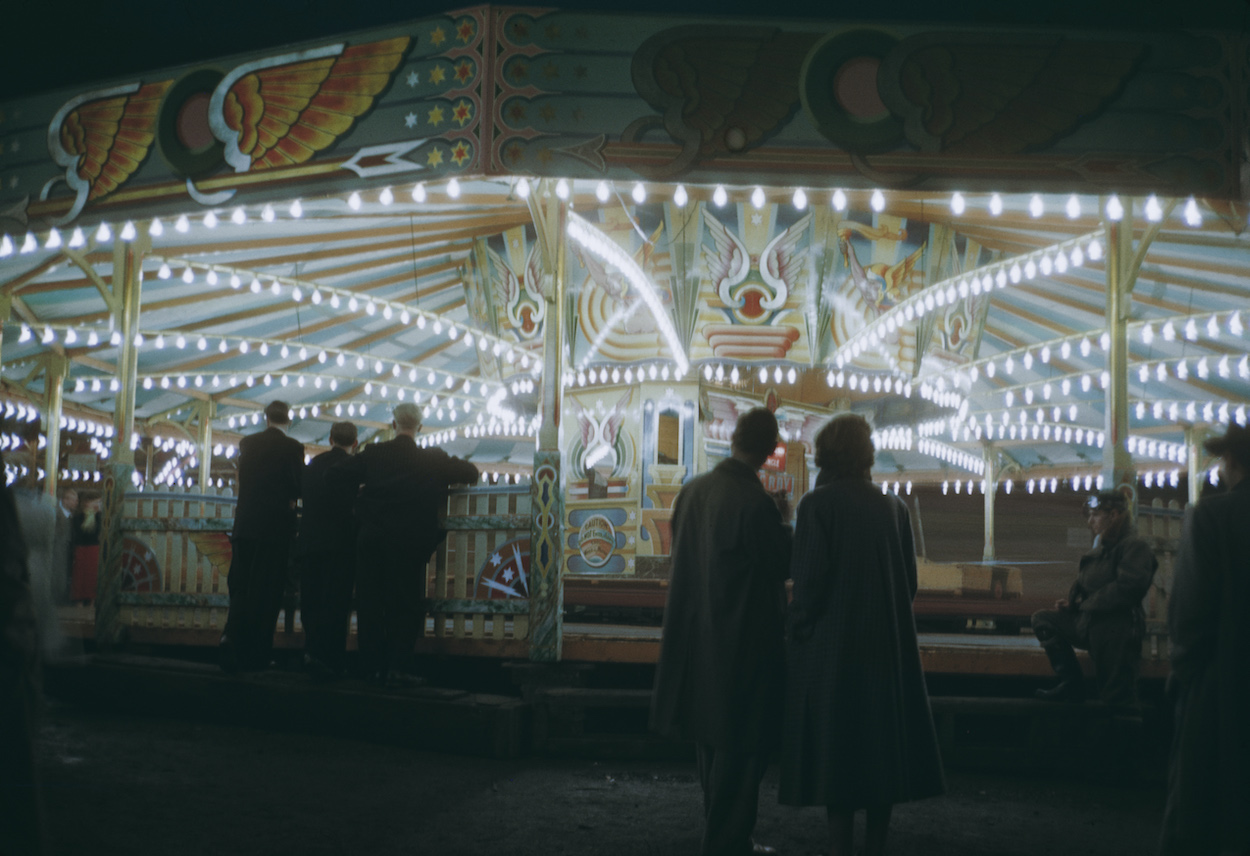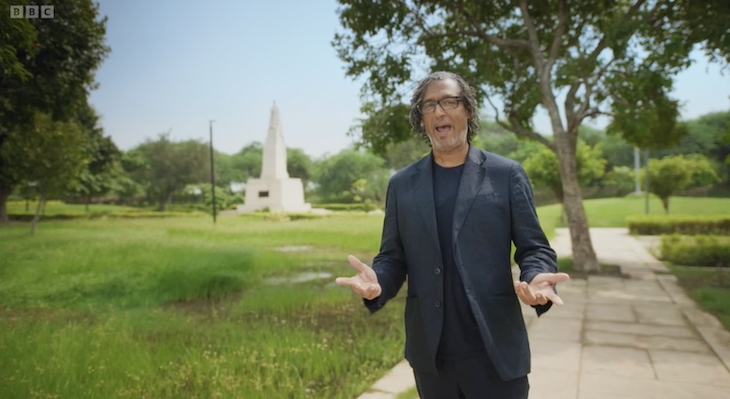Pin yourself to the spinning wheel as the knife thrower aims his blades. Take a Northern Soul twirl on the talcum-powdered floor. Play ‘With My Little Stick of Blackpool Rock’ on George Formby’s banjolele. At last popular entertainment, from Sooty to Strictly, is being given its rightful part on the nation’s stage. These fabulous artforms, nurtured in Britain’s seaside resorts, are getting their own interactive museum.
The moment you step outside, you hear the seagulls screech, smell chips cooked in the same fat since last season, taste the salt in the air
Showtown museum, a neighbour to Blackpool’s iconic Tower, is an extravaganza. You won’t find critical analysis on the role of the ventriloquist’s dummy as a created performative persona, but an unashamed celebration of British popular entertainment in all its glittering, flashy, cheesy glory. It’s long overdue.
Despite being Britain’s best export, the artforms of circus, magic, cabaret and variety have been sniffed at by the guardians of high culture, from the broadsheet review pages to Arts Council’s funding streams. They’re dismissed for being both ‘popular’ and ‘entertainment’, as if these were the worst two aspects any piece of art could have. Popular entertainment is still seen as a source of pity, rather than pride. Showtown received half of its £15 million funding through government levelling up grants, aimed at tackling deprivation rather than recognising great works of art. Circus is rarely, even now, called an artform, even though over ten times as many Brits pay for tickets around a ring than go to the opera. It wasn’t until 2010, when distinguished ringmaster and Blackpool native Norman Barrett was made MBE, that any circus artiste had ever got a gong.
Showtown aims to put that straight. Six galleries sum up the charm and wonder of British seaside culture – magic, circus, seaside, dance, shows and the world-famous Blackpool illuminations. The museum relies upon the whizz-bangery of designers Casson Mann, who had a budget of £3 million. Most things in the museum are fake. There are a few real objects on display, including the illumination’s Art Deco ‘switch on’ switch which will be carefully removed from its shiny new glass cabinet each September when the lights are turned back on. The V&A museum has lent 27 treasures from their vaults including Tommy Cooper’s fez, the circus outfit worn by James Stewart in 1952 film The Greatest Show on Earth, and Whimsical Walker’s embroidered 19th century clown costume which had been hidden in their stores for decades. Showtown has dusted these long-lost items down – a ‘conservation cost’ that this modest museum (rather than the mighty national V&A) had to pay for themselves.
There are more photo booths to pop your head through than along the whole of Blackpool’s Golden Mile, and opportunities to juggle six clubs, design a Strictly dress and create your own unique sound for a Whoopee cushion. The museum is flush with toilet humour. There’s a harp made from a toilet seat played by Charlie Cairoli, Blackpool Tower’s resident clown for 40 years until 1979. Blackpool is also famous for fake faeces, and a whole section is devoted to its inventor the puppeteer and ventriloquist Paul Clive, although it’s not quite clear what ‘invention’ here means. I was looking forward to the promised pungent, sweet, memory-stirring scent of sawdust, popcorn and elephant poo – the perfume of the circus gallery. Sadly that whizz-bangery wasn’t working the day of my visit.
A trigger warning. If you have any tender left-leaning feelings, Showtown may not be for you. Like the entertainment it portrays and the town it’s in, this museum is fabulously politically incorrect. You can pick up a Judy (Mrs Punch) puppet and bash her with a club or answer the call ‘Fat Lady Wanted’. There’s a quiet nod to animal protestors in a ‘Boycott the Circus. It’s Cruel’ poster tucked away in a corner of the circus gallery, but the tiger in a cage and the lion tamer’s prodding stick are triumphantly displayed centre ring. And I found myself taking a selfie dressed in a Miss United Kingdom sash – Blackpool hosted Miss World until 1979 – even though I spent much time in that same decade protesting outside the very same events.
Before you turn your nose up at old-fashioned end-of-pier stereotypes, remember there’s nothing more gender bending than a stage at the seaside. Danny La Rue costumes sparkle in Showtown’s cabinets and The Funny Girls Drag Show is showcased as a Blackpool entertainment staple. Whatever your beliefs, you can’t help succumbing to the allure of this unadulterated joy.
Showtown stands on the footprint of The Palace nightclub where Kylie once played. Now the site is a semi-abandoned office block and hotel, with the museum occupying the second floor. But the moment you step outside, you hear the seagulls screech, smell chips cooked in the same fat since last season, taste the salt in the air. The museum may be immersive, but all the flashy audio-visual simulations can’t rival the overwhelming and truly wonderful real life sensual swamp that is Blackpool town. You breathe in Blackpool like a scent. Walking along the seven-mile long promenade, your senses are so overwhelmed – streams of brightly coloured bulbs, tinkly fairground music, the rattle of the trams, the sound of the wind over the wide sand and sea. For pure visceral delight, Blackpool itself wins over anything a computer-savvy designer sitting at their London desk can conjure.
It’s not only today’s tawdry glamour that envelopes you. In Blackpool, the past is as palpable as the present day. Circus elephants may no longer stride down to the beach at low tide to swish their trunks in the silty water, but they’re still there in our mind’s eye. Those who saw them will never forget, years later grasping their grandchild’s hand and pointing to the very place where they saw them splash. Blackpool and its popular entertainment is at the heart of this glorious Britain. It’s also at the heart of British culture. Without it, art simply isn’t fun.
Dea Birkett is director of Circus250 and a museum consultant.








Comments